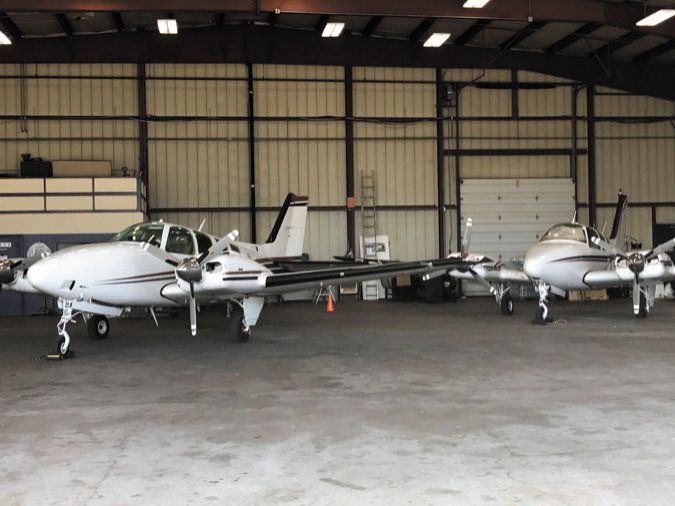Every few years we take a close look at the U.S. general aviation insurance market. During the research we speak with underwriters and brokers to get a feeling for what changes they see, what problems they are having and what they anticipate coming down the track for those of us who write premium checks.
The past several market surveys we’ve done have turned up some things that are continuations of past trends, and occasionally we come across new things. This time we found a combination of the two that leads us to believe there are some changes—albeit gradual—that will affect your premium and for some, the ability to even get a policy for a step-up aircraft.
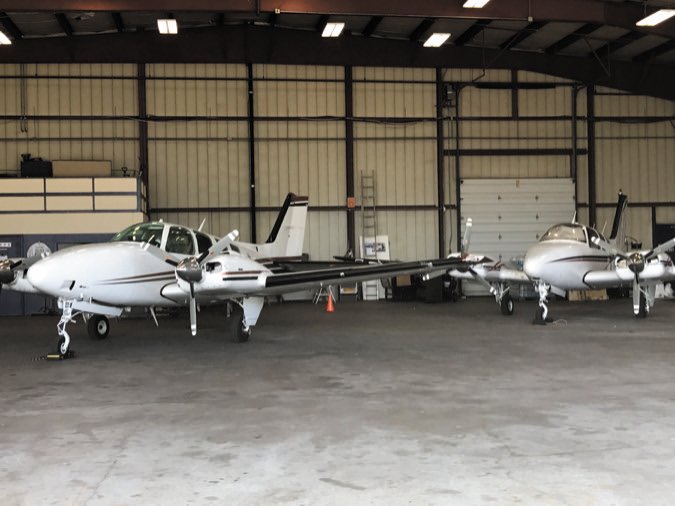
Loss Experience Matters
The factor that you might think would have the greatest external effect on the aircraft insurance market is the number of aircraft accidents that occurred, but this actually changes very little from year to year. Inflight loss of control remains the leading cause of fatal accidents, and the rate of accidents per flight hour remains within a few percentage points of what it has been for almost 10 years.
The fact that’s striking when you start to speak with some of the market players is that the aviation insurance market is not a single unified thing. Rather it is a collection of underwriters, each with a slightly different appetite for what kind of business it is going after, each with a slightly different policy form, each using its own rates and most importantly, each with its own experience.In the insurance business, loss experience plays a large role in helping the insurer decide how to face the next year. Experience helps an aviation insurer to decide what kind of pilots and airplanes to go after, what rates to charge and what limits of liability to offer. And while GA accident rates as a whole do not change much from year to year, the number of insured aircraft is not large enough for the claims to be equally distributed among the carriers. The experience of individual companies can be very different from the others in a given year.If you were the underwriter who had the only fatal Gulfstream accident in the course of the year, your view of the cost of insuring Gulfstreams would be very different from other underwriters whose portfolio of Gulfstreams was loss-free.Insurers all seemed to feel that their greatest challenge was the continuing overcapacity in the market. When an insurance company writes a policy, it is required by regulators to put away surplus in the form of cash to make certain that it can pay its claims. In a real sense, the amount of money an insurer can raise as reserves is a measure of its capacity to take on new policies. In a very real sense, the cost of money is one of the larger costs that an insurance company faces.For the last decade, due to the larger economic situation, the cost of money has been historically low, with the Federal Reserve only now beginning to slowly increase interest rates. During the same time, owing to the relative attractiveness of various kinds of insurance as investment opportunities, large amounts of private equity—creating overcapacity—has found its way into insurance and reinsurance markets, compounding the problem.
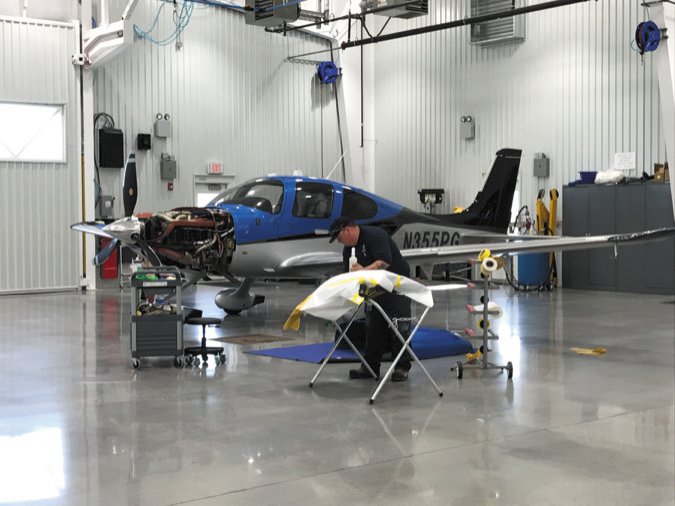

Overcapacity And A Soft Market
In aircraft insurance, this overcapacity manifests itself in the form of more underwriters in the market (14 to 16 of them depending on how you count, as opposed to just six underwriters 10 years ago) and a greater ability to take on more risk because money is so abundant and so inexpensive.
There are almost twice as many insurers looking to insure general aviation airplanes as there were 10 years ago, and this in a market where new aircraft deliveries are slowing to a trickle. When we asked insurers why they felt that the soft market had lasted so long and become so deep, pretty much all agreed that the main reason was the excess capacity.”There is way more money chasing the same number of airplanes” was the way one underwriting executive summarized it. The insurance business as a whole is subject to wide cyclic swings, from soft to hard and back again. Sometimes these swings are due to internal factors, and other times due to outside forces.
The problem of overcapacity also exists for the reinsurers who provide protection to the direct aviation insurers. Most of the reinsurers who provide coverage to general aviation insurers are parts of larger companies that are involved not only in aviation, but also in catastrophic events such as forest fires and hurricanes. Almost all aviation insurers purchase reinsurance to make their results more predictable.
Most underwriters carry reinsurance “treaties,” which are agreements between insurer and reinsurer, spelling out what classes of business can be written and what share of loss the reinsurer takes. These treaties are renewed each year.
Because the reinsurers often share in the fortunes of the direct insurers, it is often the reinsurers who rein in direct underwriters who are having unfavorable results as the result of loose underwriting guidelines, or just bad luck.
Due to overcapacity in the reinsurance market, most of the underwriters told us their reinsurers were saying the right things, but not putting any real pressure on them to push hard for higher rates or tighten up underwriting guidelines.
The result of this has been a lengthy “soft” market, beginning almost 10 years ago. In many ways, this soft market has benefited the consumer. Depending upon the type of airplane you own and the type of pilot that you are, you have probably, absent other changes, seen your rates drop. The decreases are a direct result of this competition.
Over the span of 10 years that this soft market has lasted, not only have rates come down, but underwriting guidelines have also begun to slip. Insurers who required type-specific annual simulator training for pilots of turbines are now often allowing pilots to train in their airplanes.
Underwriters who required annual recurrent training began to allow flight reviews or instrument proficiency checks in its place. In some cases, underwriters began to offer larger limits of liability than their guidelines previously permitted, or to insure airplanes whose insured value exceeded their previous practices.
Another instance of guidelines relaxing is the allowance of so-called dry leases, which in the past might we’ll have been treated as aircraft rental and surcharged.

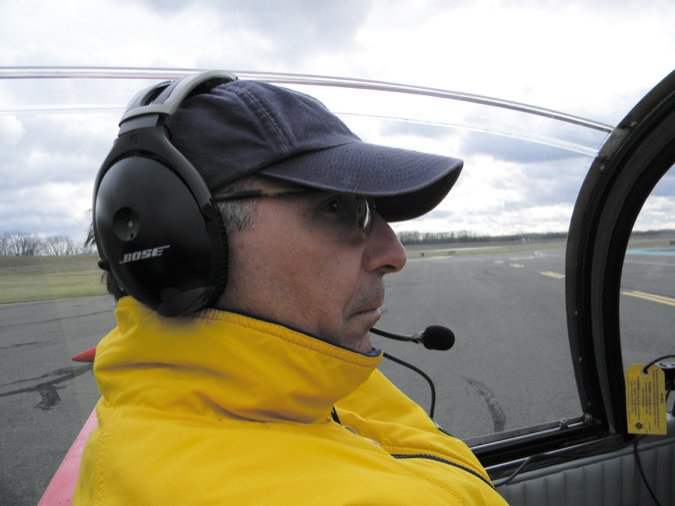
Aircraft Insurance Turned Commodity
In this competitive environment many of the underwriters we spoke with were frustrated that aircraft insurance is becoming viewed as a commodity. Their companies were reacting in various ways to differentiate themselves and put their brands forward. For years we have seen insurance companies offer value-added services to policies for corporate operators. These included things like safety audits for flight departments, or simulation of emergency response plans.
But it is only fairly recently that we have seen underwriters take this step to reach out to their light aircraft customers. It is easy enough to send a safety expert to visit a flight department that spends $100,000 and more for insurance each year, but what to do about an aircraft owner who spends $750 to insure a Cessna 172?One company (New Jersey-based Global Aerospace) offers a free aircraft breakdown assistance program to each of its policyholders at no additional cost. Others are in the process of building portals onto their websites in order to allow their clients to view their policies on mobile devices, order certificates of insurance or submit renewal information.Still others are offering insurance through affinity groups. A few offer safety-related webinars aimed at owner pilots. Most have added extra coverages on aircraft policies at little or no additional cost in so-called expansion endorsements.All of the carriers we spoke with felt that the cost of repairing airplanes was increasing along with most of their other expenses. “Parts are going up, shop rates are going up, it’s all going up,” said one insurance expert.Moreover, every single underwriting officer we spoke with said that their revenues were being driven downward by competition owing to the overcapacity problem, while their costs were increasing to the point where many felt that they were reaching the edge of profitability.Two insurers in slightly different words pointed out that they had seen claims that were larger than usual due to the relaxing of underwriting guidelines in the face of competition. In both cases, the insurer felt that his company had exceeded its own maximum insured value guidelines and that as a result, physical damage payouts had increased significantly.
When The Bottom Drops Out
The irony of the situation is not lost on anyone we spoke to. This is Greek tragedy writ large: Everyone feels that rates have to be increased at some point. Everyone is aware that only they have the power to do that. And everyone, with a few exceptions, knows that if they increase their rates too much, there are still hungry carriers in the market who will undercut them in an effort to take away their customers.
When we asked underwriters what they saw for their businesses and the market for the next one to five years, we got a wide variety of answers. All acknowledged the seriousness of the overcapacity problem. All agreed that insurance rates for GA aircraft would have to go up at some point, but only one insurer felt that the shift would take place this year.Most company people we spoke with told us that they were not quoting decreases, and that they were looking for increases on renewals where there had been a claim in the past year.The other widely held opinion was that it would take one or more catastrophic events like what happened in 2017 to get the reinsurance market to charge insurers more for their reinsurance. For reinsurers who are involved in many areas of insurance, last year was a historically bad year for hurricanes and forest fires.Whether the general aviation insurance market continues to stumble along, or whether it suddenly reverses course and becomes a hard market overnight, those of us who depend upon its product can take some elementary steps to make sure that insurance is available when we need it, and that we don’t pay more for it than we have to. There are some specific pilots who should have a plan.This includes older pilots. If you are approaching your mid-60s and plan to keep flying, we recommend that you talk to your insurance provider about a plan. Some insurers are easing their restrictions on older pilots in the current relaxed environment, but this may very we’ll change with the market. Particularly if you fly a twin, a turbine or a high-performance single—and especially if you would like to keep ‘smooth’ limits— make sure that you align yourself with a company who will continue to provide you with coverage and the limits that you need.Insurers are looking for long-term relationships, plus they are looking for pilots who are flying enough to be proficient and who train regularly. Companies can and will change their guidelines with respect to older pilots, but do your best to find one who will stay with you. If you have a solid, long-standing relationship with an insurer, now might not be the time to jump ship. Loyalty could be to your advantage.If you are flying under the FAA’s BasicMed program, make sure that you ask questions of your broker or provider. Most insurers are treating BasicMed just like a visit to an AME, but this may not hold up if the market hardens. Especially older pilots or pilots who were flying under a special issuance medical may suddenly find that their insurer requires third class medical certification from an AME, even though the FAA no longer does.You should also consider whether you plan to step up to a more complex or high-performance aircraft—especially a turbine. Ask all the questions you can. When the aircraft insurance market hardens, underwriting guidelines that have been overlooked may suddenly be back in effect.Overnight, the quote that you received for a brand-new, $1,000,000 Cirrus SR22, as just one example, may be no longer valid. Have a backup plan. Maybe spending your first year in a $250,000 airplane will do the trick. Or maybe you can get a two-year policy in the soft market and have plenty of time in the airplane if the market changes in two years, as many think that it will.There’s also the issue of liability limits. One of the early casualties of the swing to a hard market is higher limits of liability. By that, we mean limits higher than $1,000,000 “smooth.”If you feel that you need $2,000,000 or more in order to protect your assets, spend time finding out how available this level of coverage is. If you can’t get $2,000,000 from your primary underwriter, have your provider investigate whether you can purchase excess liability coverage.
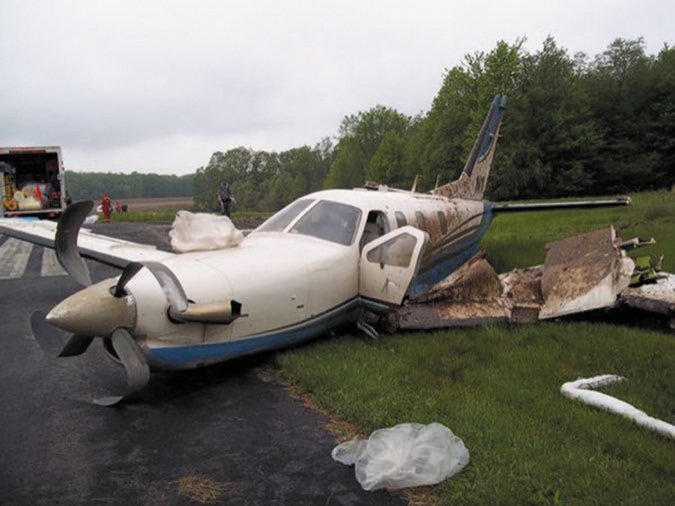
Inevitable Hardening
Based on what insurers told us, the aviation insurance market will have to firm up. Our best guess of when is sometime between tomorrow and the year 2030. We feel that there is a fairly widespread lack of profitability among insurers, and that this will cause participants to leave in favor of greener pastures.
There are already small changes going on, as companies adjust their rates and guidelines on types of aircraft or pilots that have had loss experience. If the market is left to its own devices, the change will likely be gradual, and may not happen for another year.If external forces, like hurricanes, fires and floods, bring about the change, it could be more sudden and more severe. After the terrorist attacks on September 11, 2001, the market turned virtually overnight.But as we say in New England, if you don’t like the weather, wait 10 minutes (or 10 years) because it is sure to change.
Jon Doolittle is a regular Aviation Consumer contributor and the principal of Sutton James Insurance in Hartford,Connecticut.

